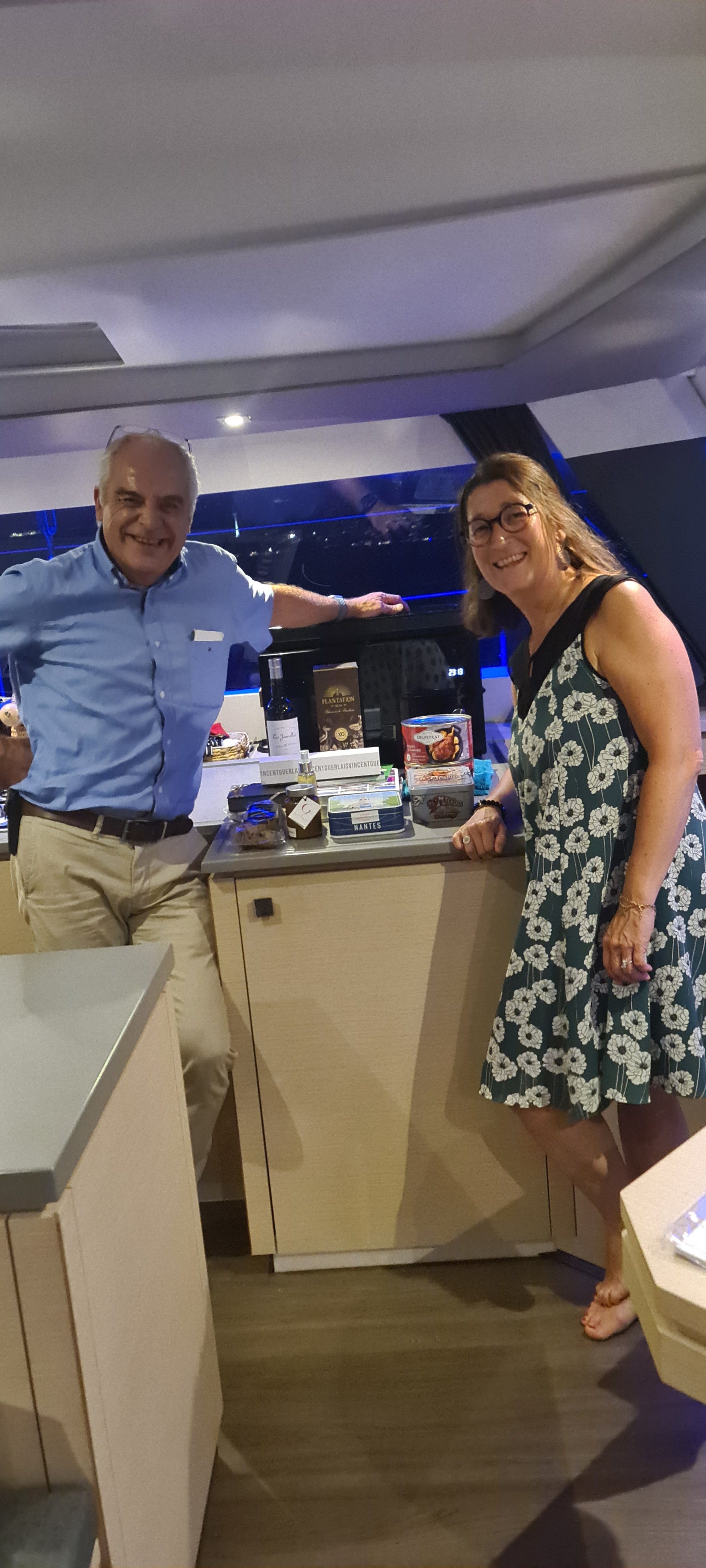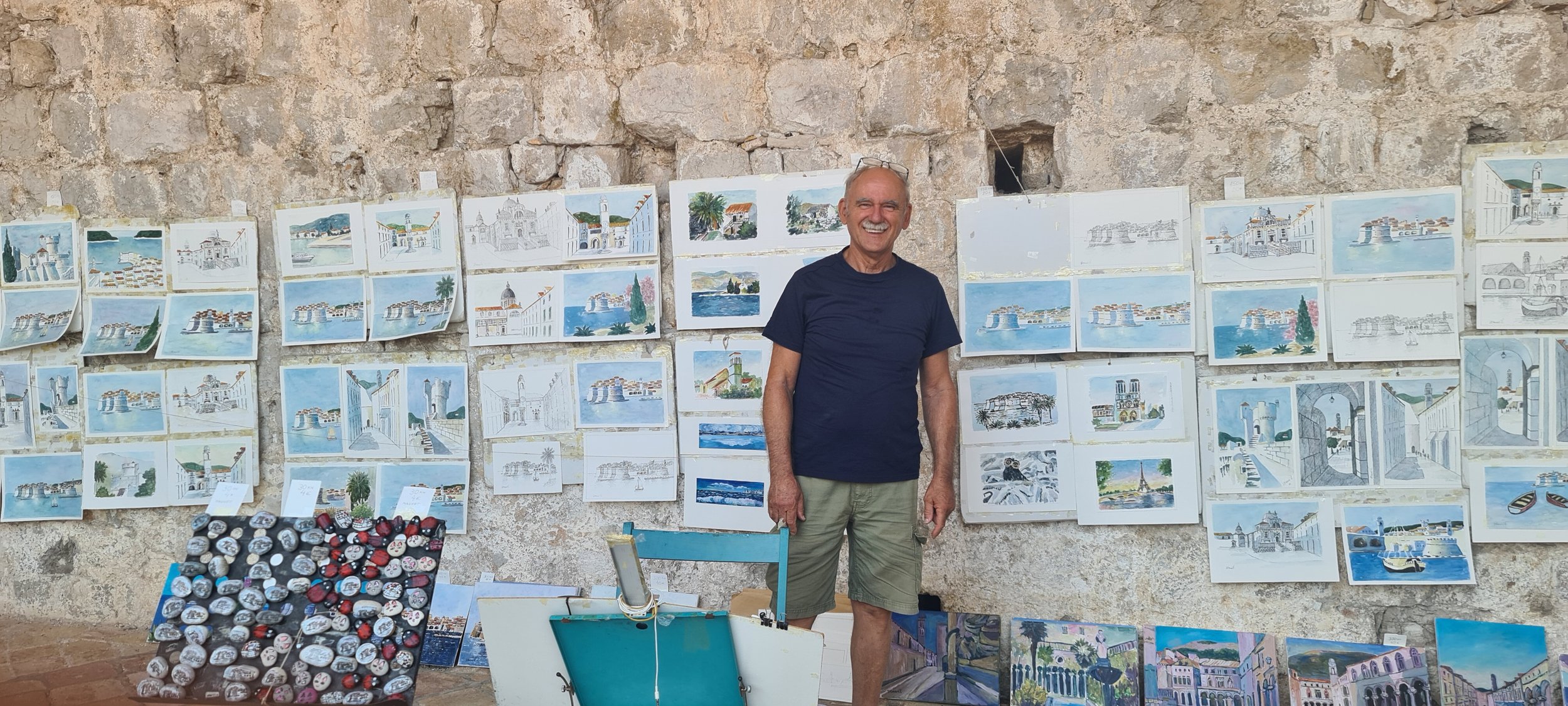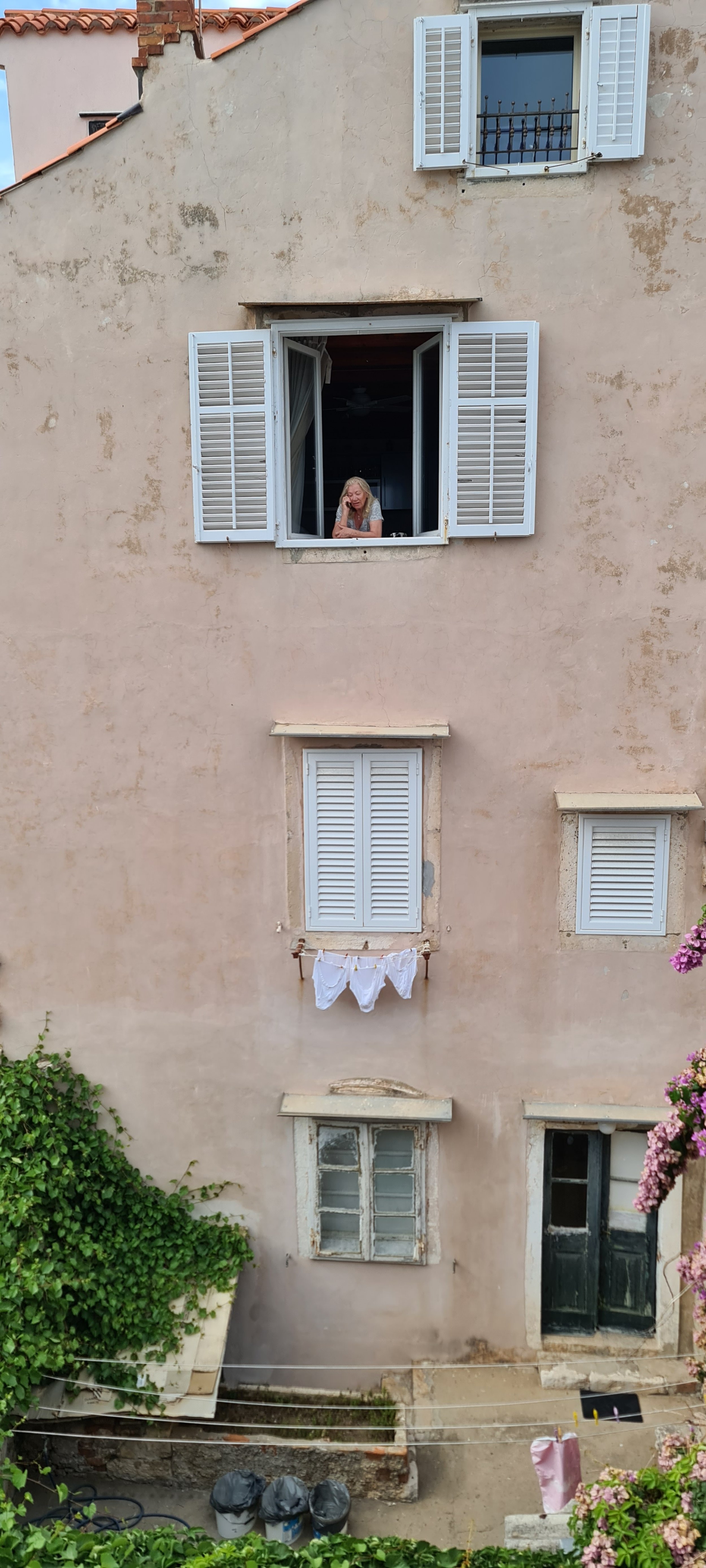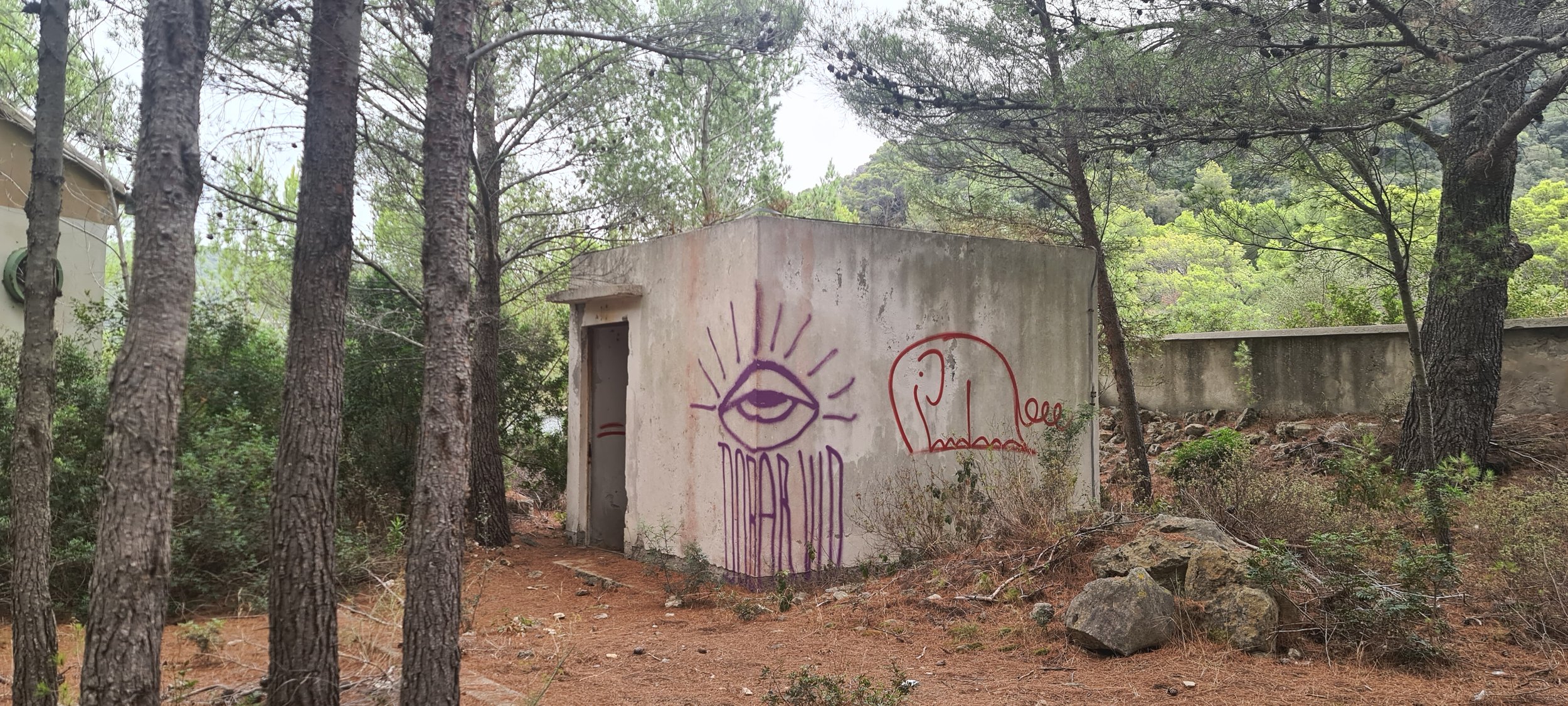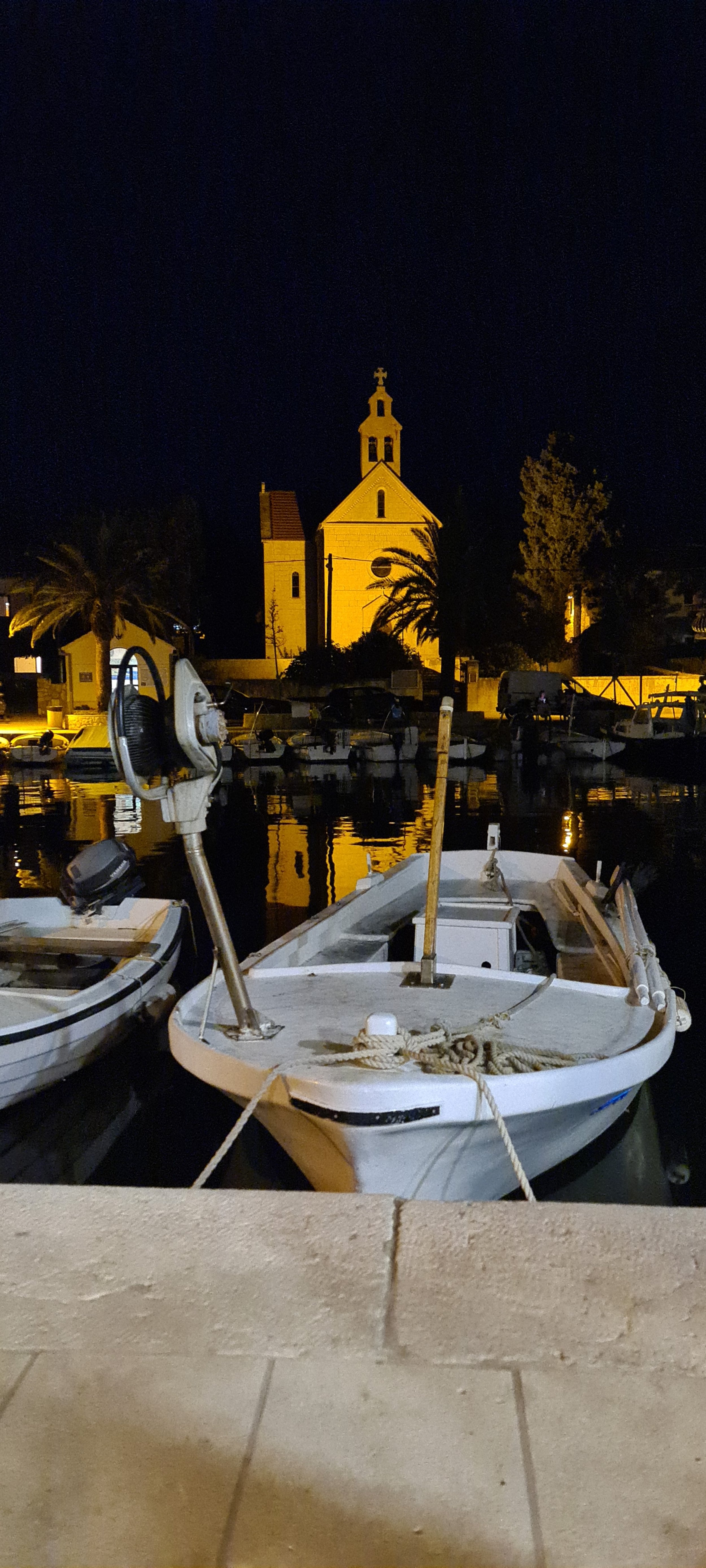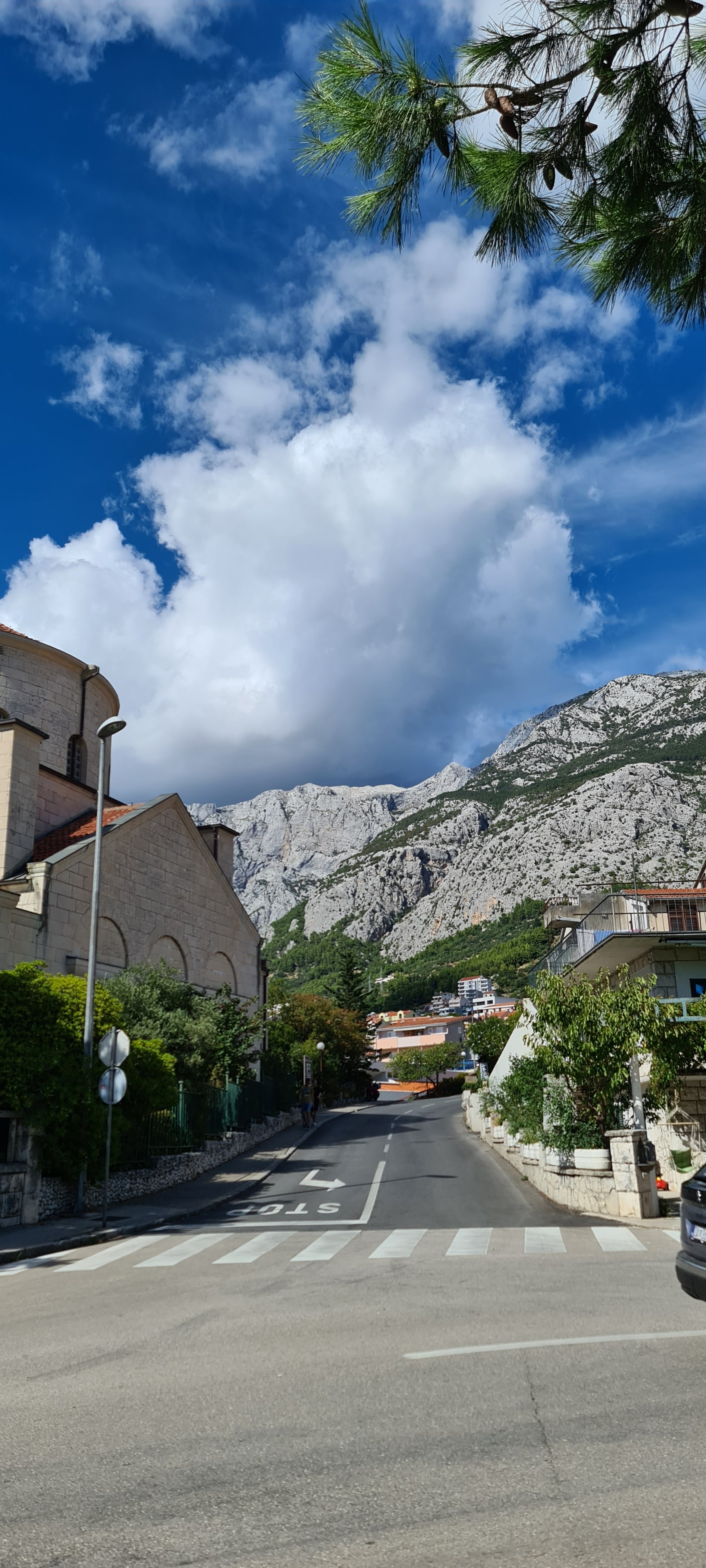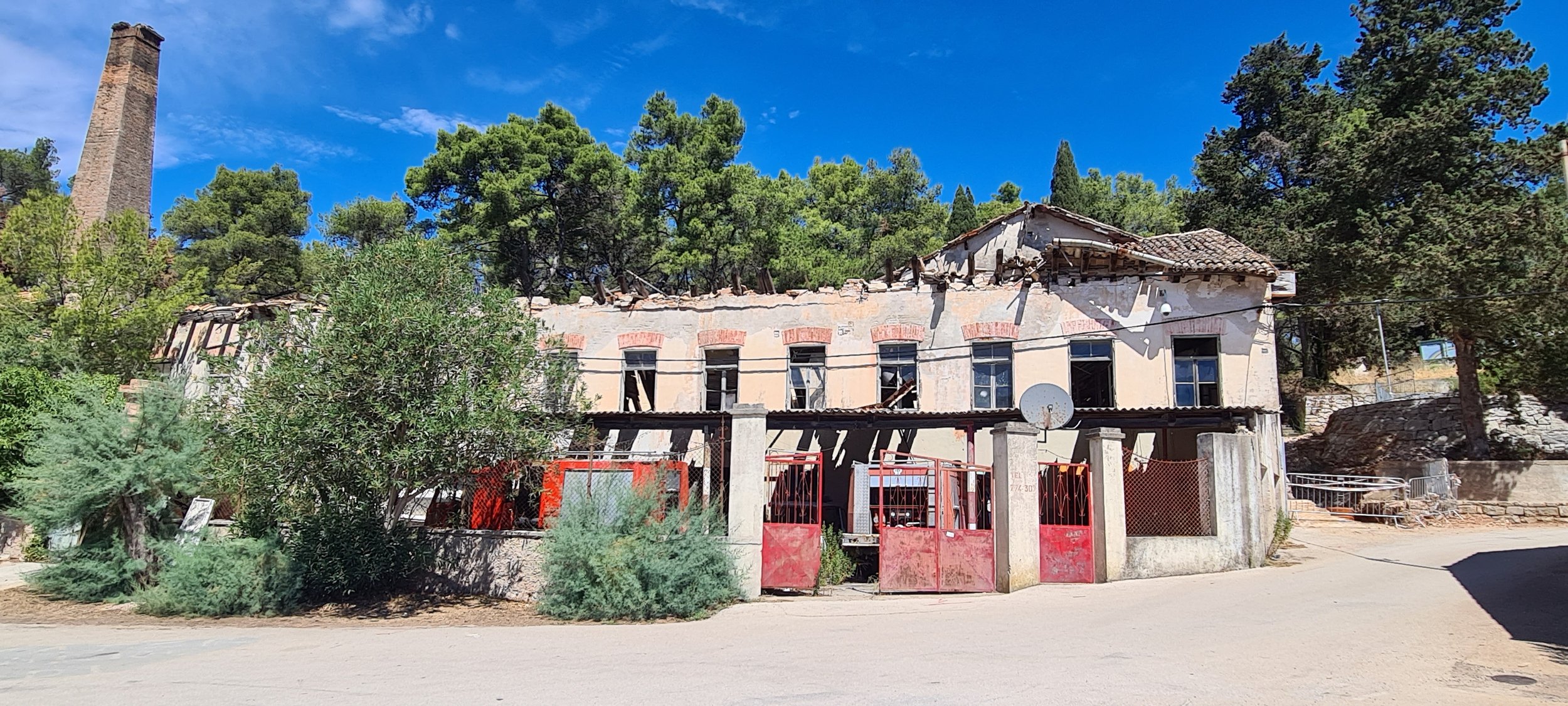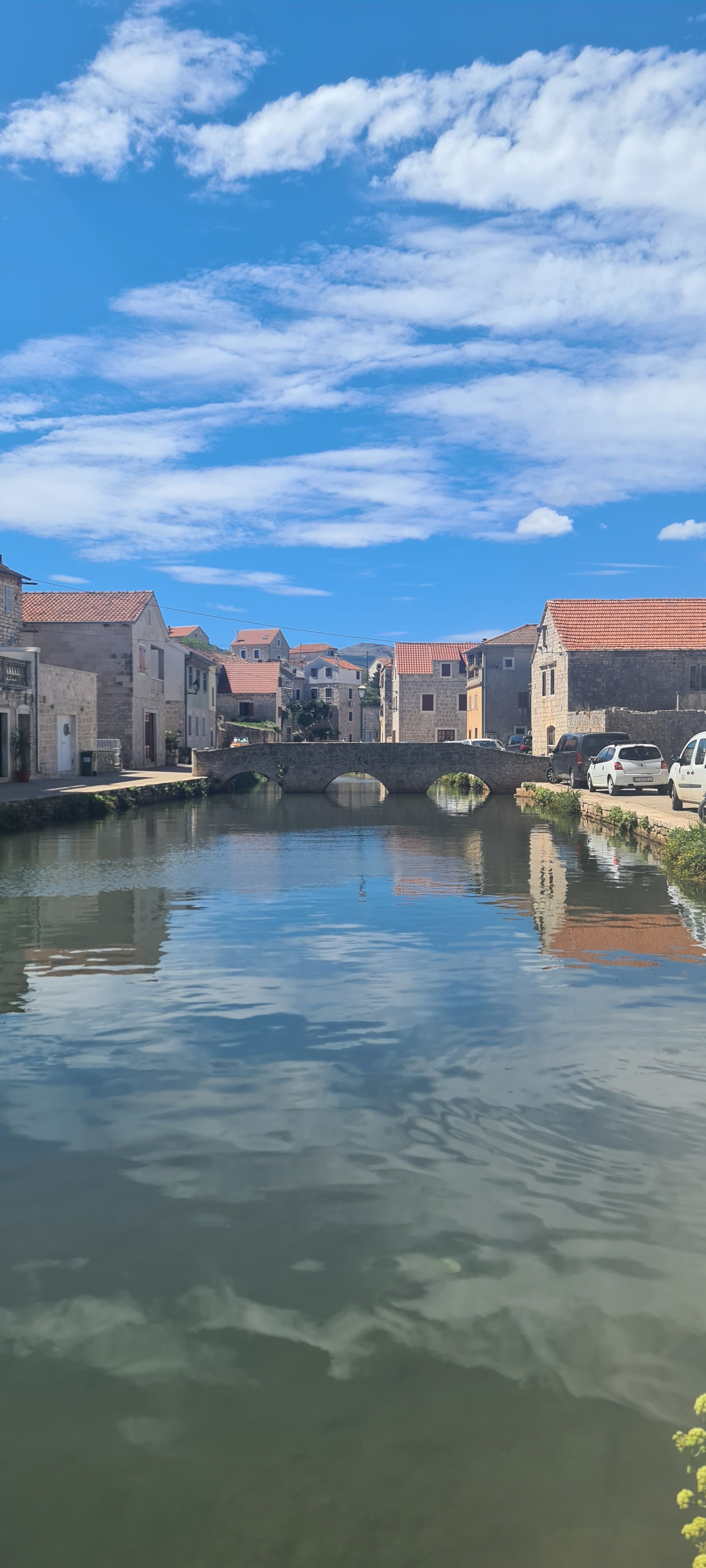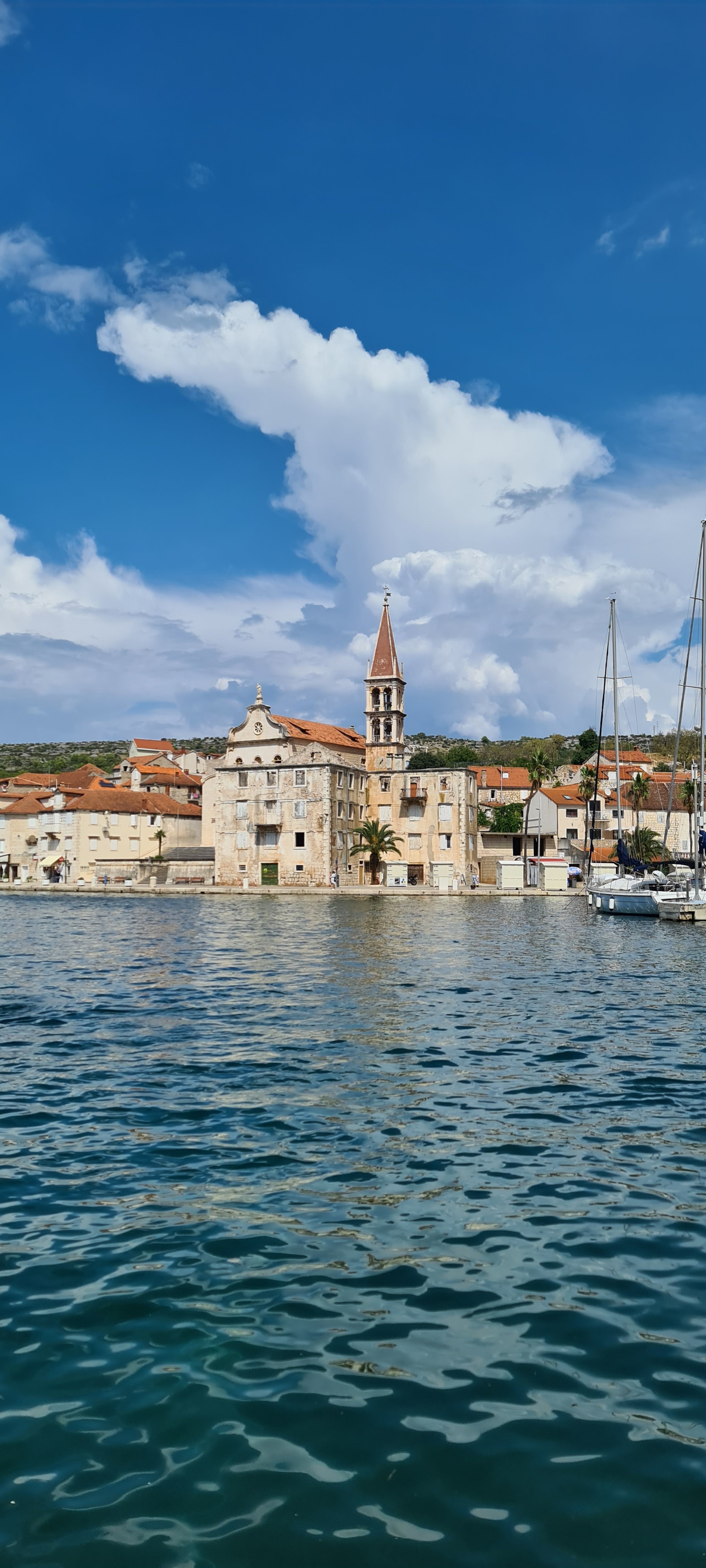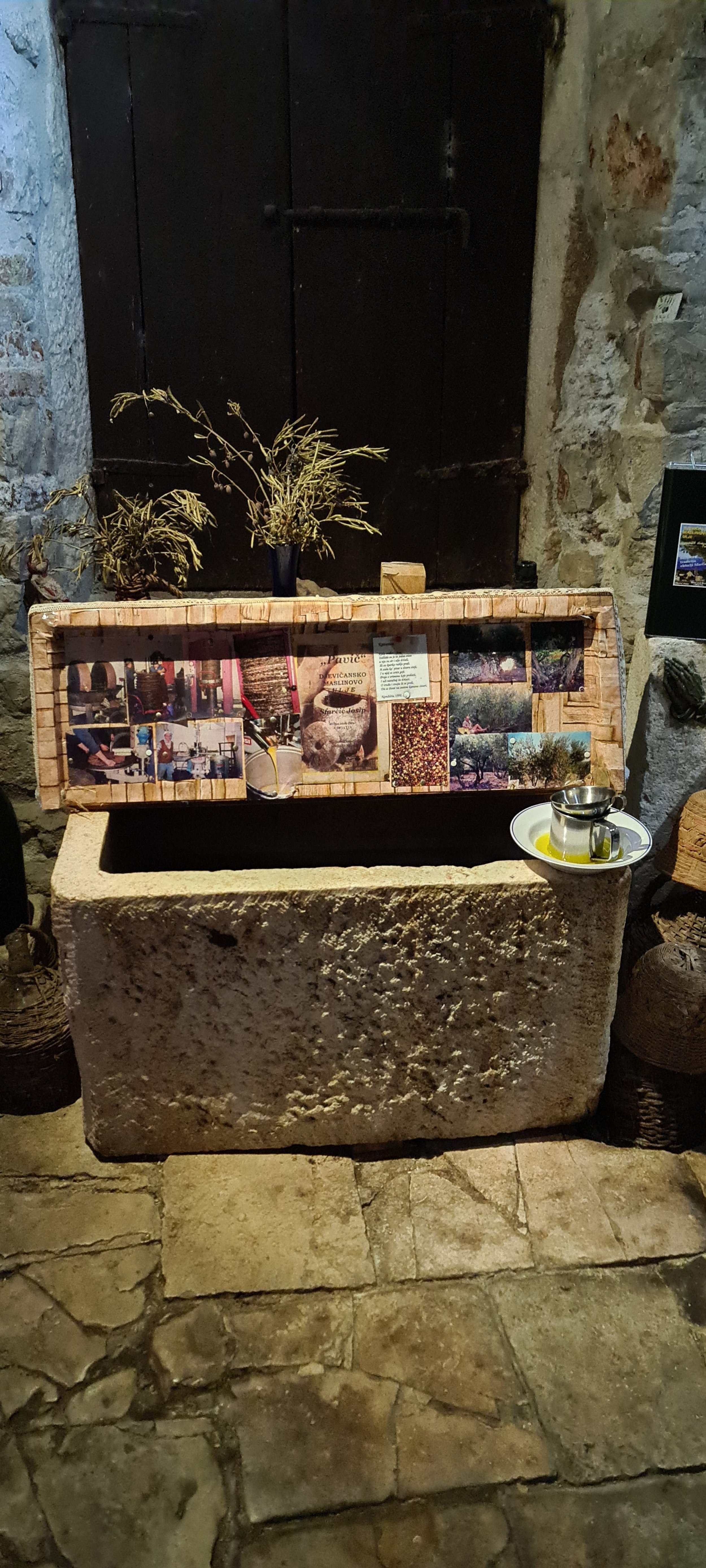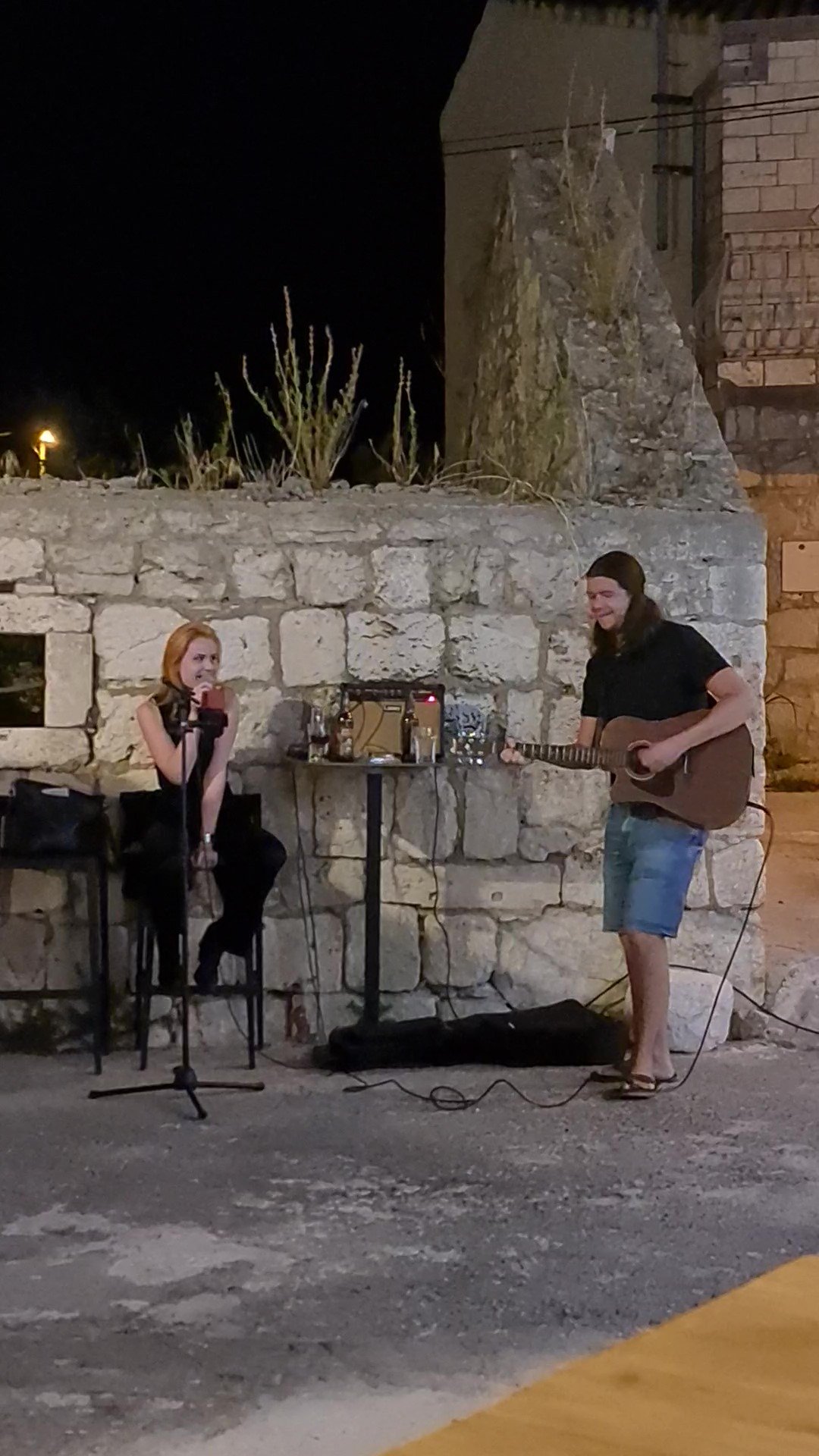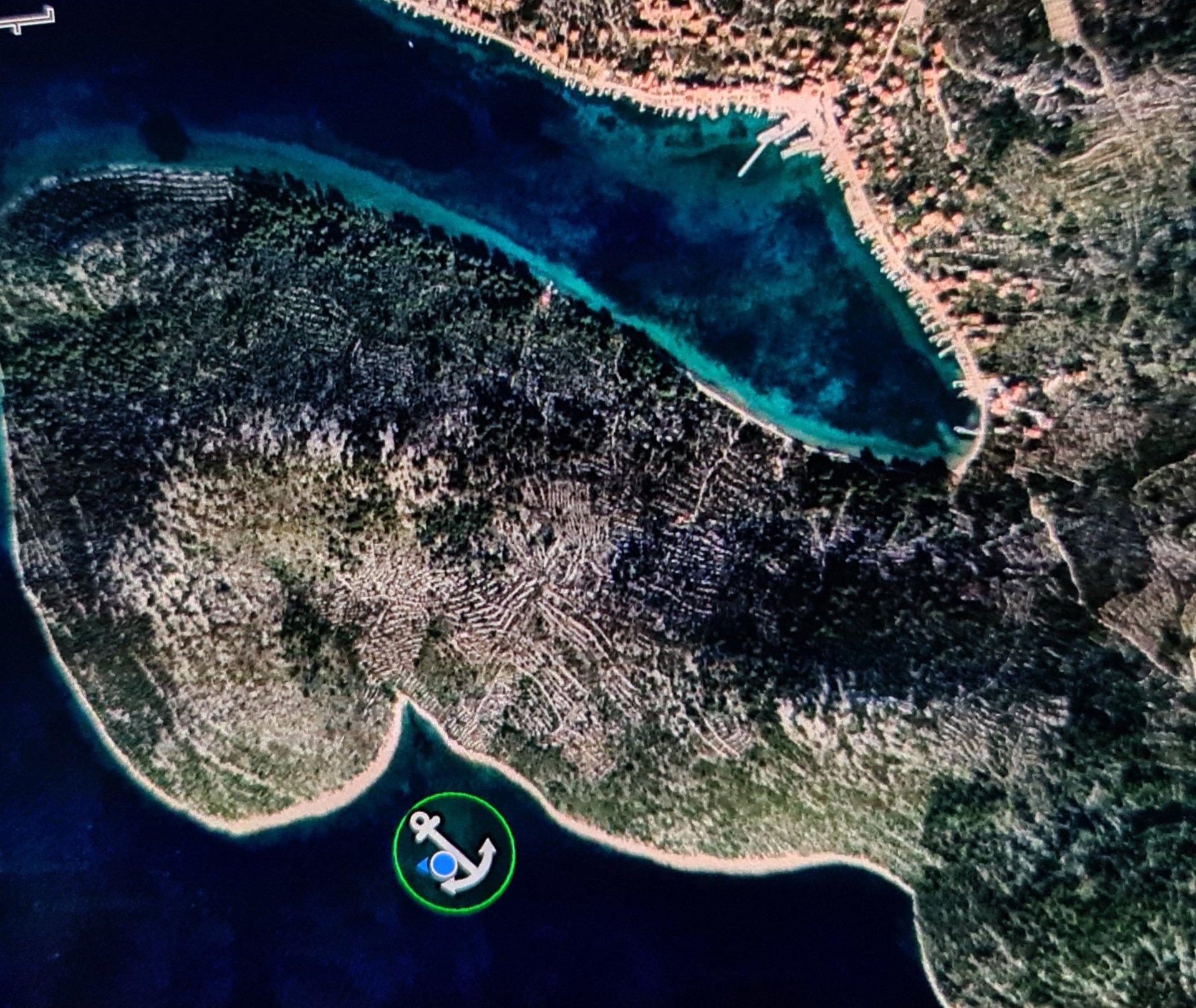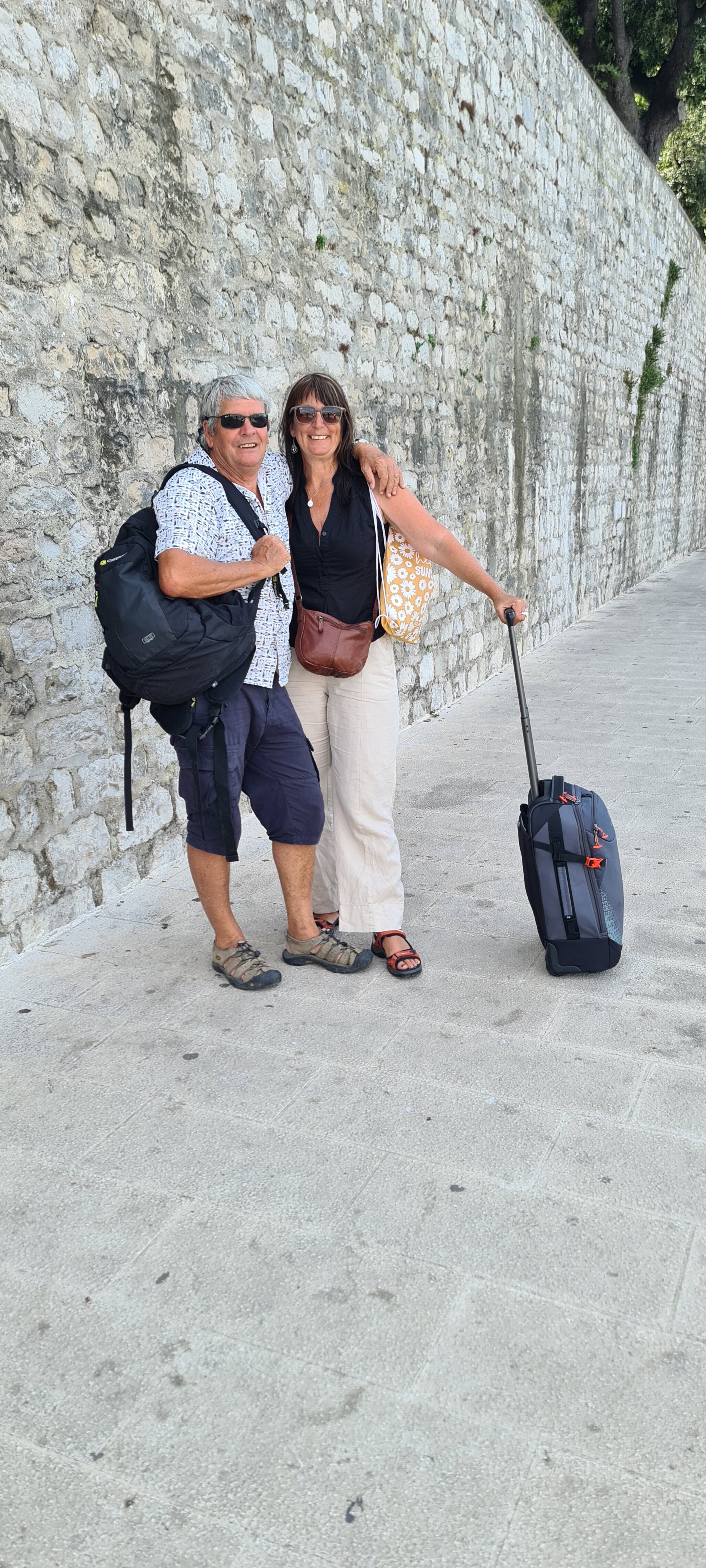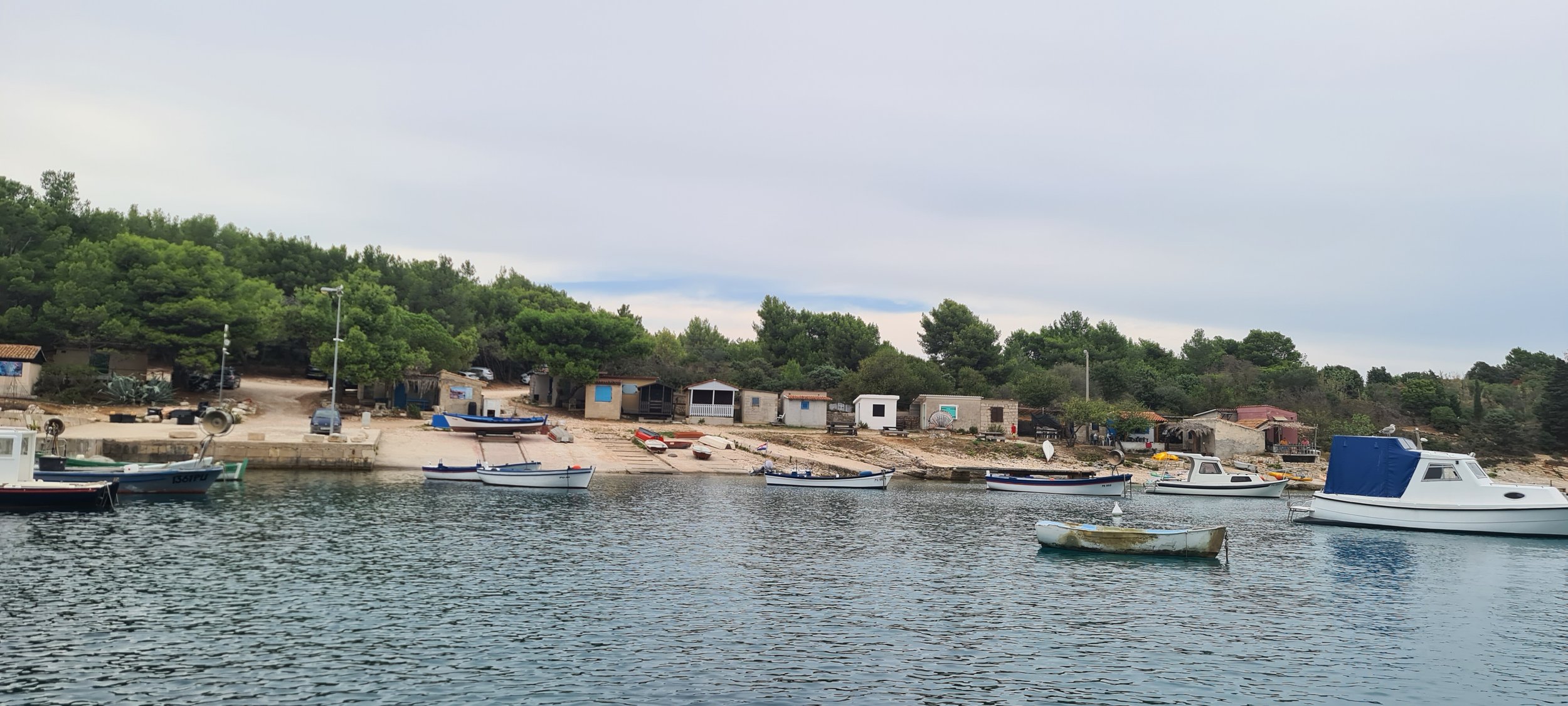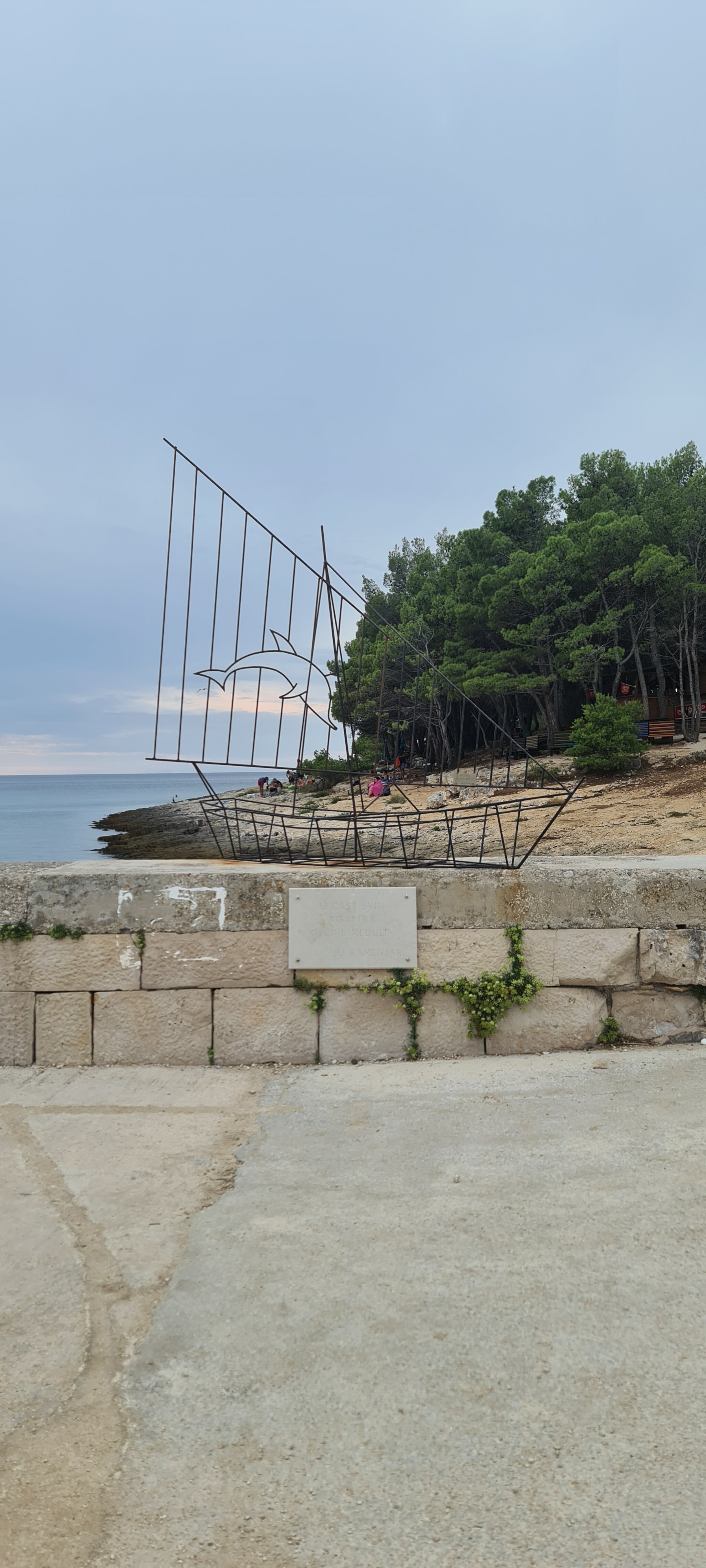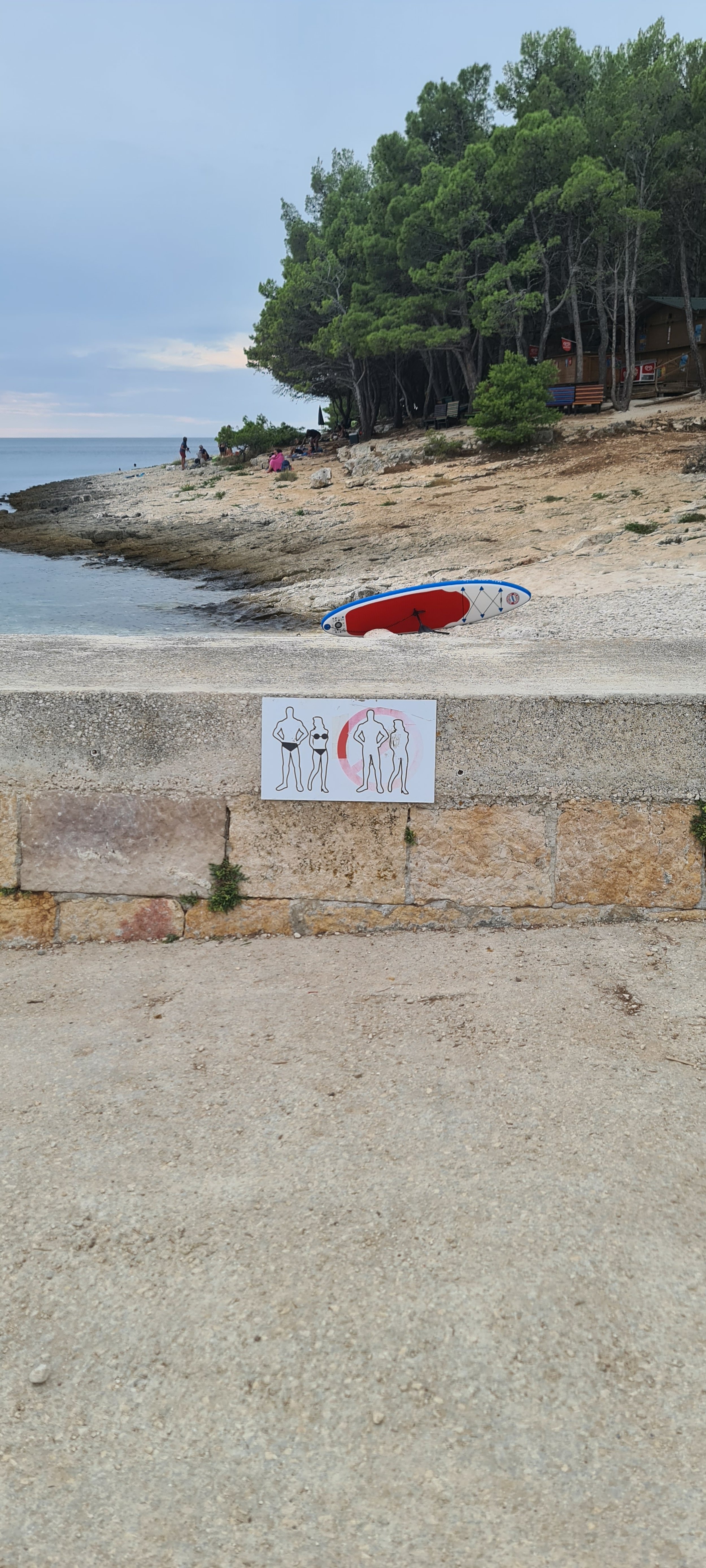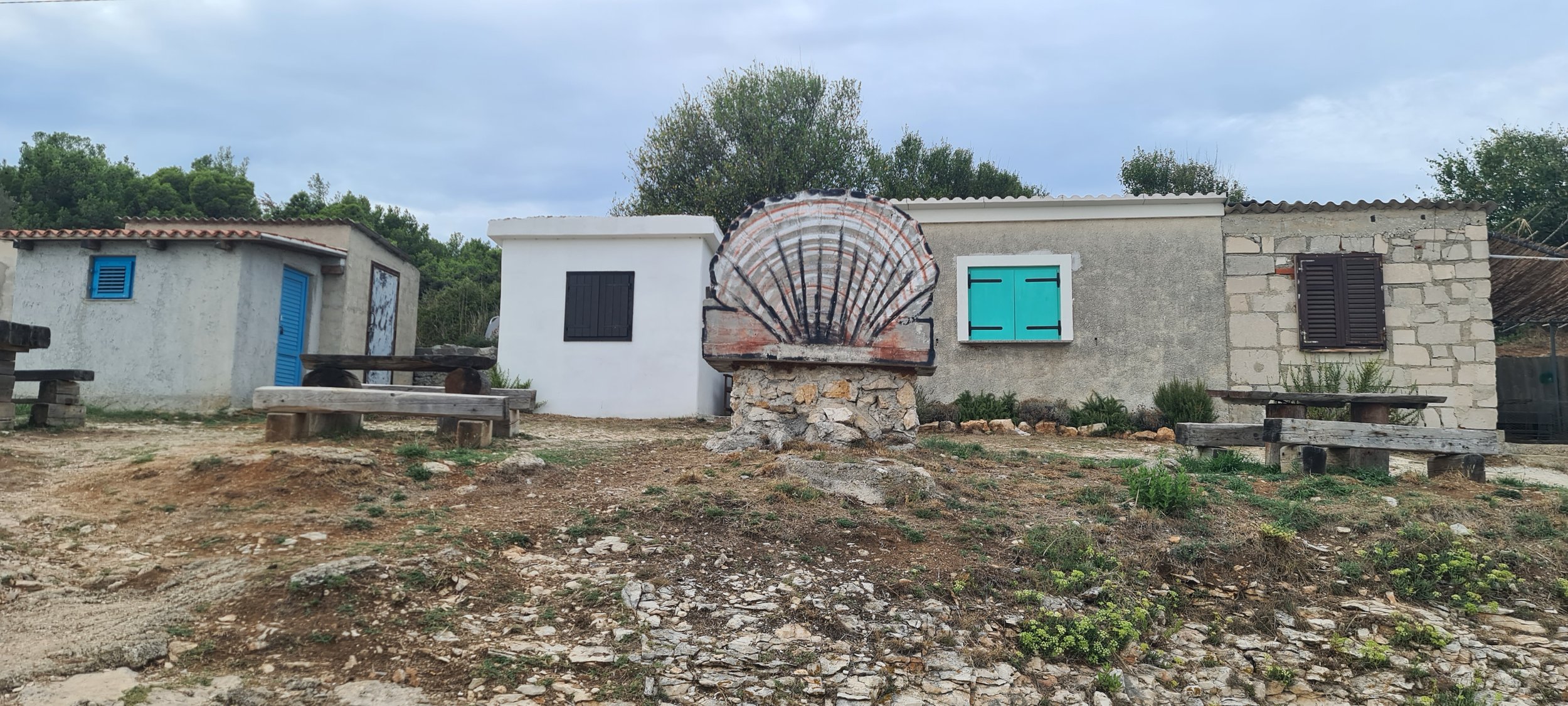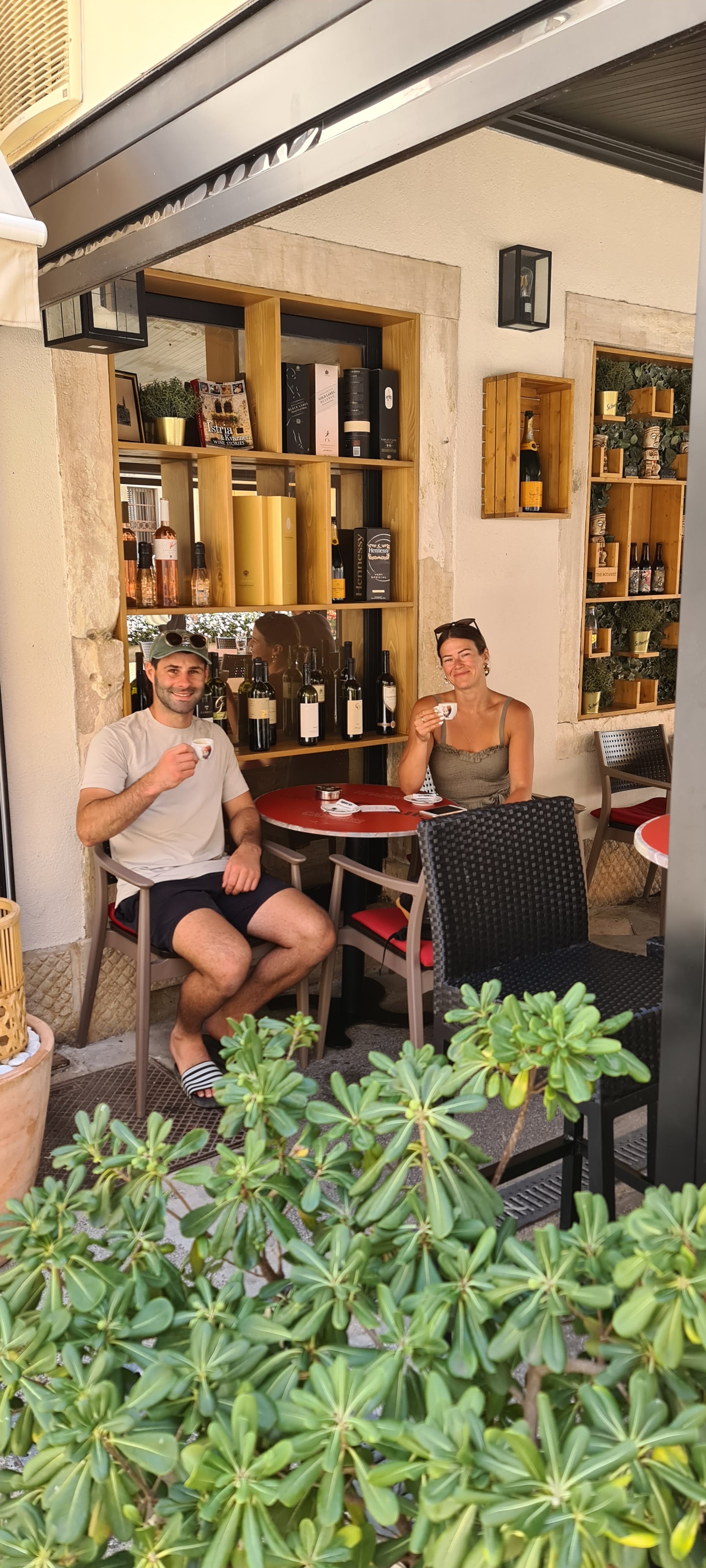Croatia – Northwards
Dobrodan Croatia.
Cavtat is a great introduction to Croatia, it is a charming little town four hours sail up from Montenegro with good holding in Uvala Tiha on the north side. We tied up at the Q dock (paying for the privilege) and spent the next couple of hours getting legal, but the officials were friendly and helpful and at least the HRK899 vignette is valid for one year, in Montenegro we had to buy a week’s worth at €120. And of course there was tourism tax to be paid, in Croatia you pay online and it is fairly reasonable HRK1400 for several months. To give some perspective the Croatian kuna (HRK) is worth 20 NZ cents, whereas the euro is 1.6 NZD.
Two key things we had been told to look out for while sailing in Croatia were the bora and getting charged to anchor. The bora is a fierce wind which comes roaring off the land, often with little warning and is potentially anchor dragging. And even though you have paid a cruising and tourism tax, many places in Croatia charge for anchoring, Luckily we never experienced a bora and only had to pay once on the north side of Porec, still, it rankled.
Cavtat is a short taxi ride from Dubrovnik airport, so a great place to pick up our next crew Dominique and Anita from France and also farewell P and George back to New Zealand. Dom and Anita arrived with une sélection de fines spécialités françaises; they were keen to get the measure of NOETA as they were going to be part of our Atlantic crew. P and George had stayed longer than planned, at our insistence, and before they left, they were keen to visit to Dubrovnik, a charming medieval walled city, so we weighed anchor, found a spot just south of the city and tendered in.
Dubrovnik, formerly known as Ragusa, was settled by Greek refugees from Cavtat (Epidaurus) in the 6th century on the island Lave, which was eventually joined to the mainland. Under Byzantium then Venetian rule it became a major maritime force and after 1358 when it became liberated from Venice (under the Treaty of Zadar) it reached its peak, operating as a free state, whilst paying an annual tribute to the sultan of the Ottoman Empire until the 1800s. Surviving fire, earthquakes, the French and Austrians, it was badly damaged during the Yugoslav wars but has been carefully restored. HRK250 allowed us to circumnavigate the city walking along the high stone walls, looking down and across at beautiful churches, terracotta roofed buildings and alleyway canyons.
Our overall plan was to head up to the top of Croatia, across to Venice and then back down again. In two months. Very ambitious I thought. And with so many islands and little bays, it was quite hard to choose where to go, but with the help of other sailor’s recommendations and Auntie Google we felt that we managed to get a good taste of what Croatia has to offer. And the advantage in coming back down was that we could further explore some places that we had liked the look of.
Starting in the Elaphite archipelago and the largest island Šipan, population 419, we anchored in the sheltered harbour of Šipanska - a very simple Croatian village with one market and vestiges of former glory - large 19th century seaside mansions, some derelict, some being restored. Morning wander up and along loop road, past Crkra Sv Stjepan (St Stephen church) and alongside well-tended olive groves, blackberries, grapes, carob and bay trees growing wild, scentsation.
Next stop Mljet, population 1,088. The northern half of the island is a National Park and we quickly learned that you have to pay to anchor in all the parks, and there are many. It is easy and cheaper to do online, or if you book to eat in a restaurant and tie up at their jetty, then the restaurant covers your park fees. Dom knew of a restaurant Konoba Herc at the top of the island in Pomena that serves the most amazing octopus and he wanted to celebrate his belated 60th birthday with us. And wow it was amazing – five hour slow cooked octopus, accompanied by Croatian wine Plavac Mali (blue small) was superb. Croatia is popular, especially with charters and another thing we learnt very quickly was that if you want to dine in a particular restaurant or the only one in the bay, then you need to book in advance. You’re not in Greece now Dorothy. Pomena is at the entrance to the park and after arriving we spent a very pleasant afternoon walking through the park to the large (veliko) and small (malo) seawater lakes (jezero) joined by a manmade channel, it was fun floating down the channel, so swift that you couldn’t swim back up. A boat then took us to St Mary’s Island and a 12th century Benedictine monastery, restored in Renaissance style 15-16th century.
Korčula, population 15,522, the birthplace of Marco Polo, is a delightful stone and terracotta walled town and despite being busy, we managed to find cool, quiet little alleyways. The town is shaped like a fish bone, main street running loosely north-south and narrow streets to the west straight, to the east curved – designed for cooling in summer and shelter in winter. We found an anchorage off Otok Vrnik 15 minutes away which was great until a superyacht tied up 30m from our portside and proceded to party until 1300, at least the Russian crew gave Jeanette some handy fishing tips.
Wild, remote and popular, Lastovo, population 792, is another National Park, established in 2006 and connected to nearby Prežba by a stone bridge, it acted as a military base for the Yugoslav People's Army (military of Socialist Federal Republic of Yugoslavia and its predecessors from 1945 to 1992) and has impressive ship tunnels and abandoned military buildings. We med-moored in Prežba next to a tunnel and paid our park fees. A morning walk along marked trails to abandoned military buildings was interesting, as was discovering our bow roller needed modification as it was cracking the hull – ah another new project.
Dom and Anita needed to catch a bus to the airport at Dubrovnik, so we headed north for the mainland town of Makerska through a thunderstorm, seeking shelter in a bay on Otok Šćedr, an island between Hvar and Brac. Highlight was a delightful visit in morning by Phillip in his small boat selling local wines, liquers, honey, salt and bread.
Makerska is an attractive alpine looking town nestled in greenness below the towering grey Biokovo mountain range. We farewelled our French crew Dom and Anita, their sailing experience and quietly get-things-done attitude, most appreciated.
Both Hvar, population 11,103 and Brač, population 13,956 came recommended with several friends having homes there, so we stopped for a couple of nights on our way up to Split. Firstly in Vrboska, a charming small stone village, with a 16th century fortified Sv. Marija (St Mary) church, and a dilapidated sardine factory; a reminder of more prosperous fishing times, and then Milna, a beautiful decaying stone town with interesting sundials on some of the buildings, an old winery/olive oil cave on the main street Riva and a closed down chandlery. It was Jeanette’s birthday so we celebrated up the hill at Galicija, finishing with a Bosnian digestive and listening to a Croatian Johnny Cash and Blondie sing their stuff.
With the growing popularity of both islands and the abundance of attractive empty doer-uppers, you can see the investment opportunities, it would be interesting to go back in several years.
Onwards to Split on our bow roller mission. Anchoring in the large unattractive north harbour, lots of questions, local knowledge and Ubers took us across town to Stobreč, a dirty industrial park, with many stainless engineering shops and workshops. Simon and Skip were in their element, Jeanette hid her boredom well and I just sifted about taking photos. It wasn’t a highlight but hey, a successful project milestone achieved.
Otok Kaprije (Caper Island), population 189, is one of several islands that served as a refuge for Christians fleeing the 16th century Ottoman mainland conquest and is covered in a patchwork of distinctive and intensive stonewalls. Clambering up the hill from our anchorage along stones and walls, I didn’t see any capers, just regenerating grapes, figs and olives and from the top, a view of what turned out to be the next morning, a very dull village. Nearby Otočić Bavljenac is also known as “Thumbprint Island” due to the swirling pattern of the stonewalls which indeed do look like a thumbprint.
Zadar, population 75,082 is another good pickup/dropoff crew location with Split airport several hours by bus as well as a good ferry service. The main harbour with three marinas, charters, ferries and cruise ships is busy but the bay around the corner, we had it all to ourselves, anchoring in 6m sand. Old town Zadar is a must, such an interesting mix of Roman, Byzantium, Venetian and modern – the Sea organ (Morske orgulje) and Greeting to the Sun (Pozdrav suncu) are fabulous sound and light installations. We farewelled Simon and Jeanette – their engineering and culinary support, practical and delicious most appreciated, and welcomed daughter Nicky and Dan.
So many islands, so many memories
Otok Molat, population 197, and the beautiful, large, forested bay of Brguljski Zaljev, morning hike up a really difficult track with overgrown bushes and sharp limestone rock slopes, 45 minutes to a great view.
Otok Ist, population 182, a large, sheltered bay with a rocky bottom, roasting pig on a spit outside Konoba Maestro swayed us.
Lošinj, population 9,587, abandoned harbourside military buildings and Italian waterfront mansions with many restaurants.
Brijuni National Park. An archipelago of 14 islands dating back to neolithic times, it was settled by the Romans then used by the Venetians to quarry stone for palaces and bridges. Under Austro-Hungarian rule, it was purchased and transformed by businessman Paul Kupelwieser who drained the swamps, established a safari park on Veliki Brijuni and created an exclusive Austrian Riviera. After WWII it became part of Yugoslavia and was used by Tito as his summer residence. It was expensive to anchor there so we were determined to make the most of every minute, starting with an early evening golfcart excursion around the safari park, spying zebras, bison, emus, white peacocks and believable dinosaur prints. The next morning we hired bikes and spent four hours exploring the island, across dry grass plains, through grassy meadows and along tree lined paths to the Byzantine castrum and St Mary’s church, 50 year old Asian elephant Lanka (a gift from to Indira Gandhi to Tito) and a submerged Roman port and fish farms. A very special time in a very special place.
Then mainland Istria
Uvala Polje, small fishing huts at the head of the bay, forested down to limestone ledges with plenty of sunbathing. Short walk around to maybe dinosaur prints, the rock formations were better. Fried egg (Cotylorhiza tuberculata) and comb (Ctenophora) jellyfish, although neither harmful, just off-putting. Morning ten minute tender out to 1833 lighthouse on Faro Porer before heading up the coast.
Stoja, with its abandoned 1936 hotel on shore and a ten minute walk to superb market Plodine in the new Max Mall, great shopping. And very close to main town Pula, either a 30 minute tender along the coast or a 30 minute walk over the hill.
Pula, abandoned military buildings lining the huge harbour. The colosseum, which you could see from a distance, was outstanding, built during 27 BC-68 AD, it is extremely well preserved and has a good museum underneath explaining the importance of Istria to the Romans.
Rovinj, a very pretty fishing village and old Venetian town with the hilltop church of Sv. Eufemija. Like Dubrovnik the old town was built on an island and the canal between the mainland eventually filled in. It was busy, but a morning walk up through the artisan lined cobbled streets and a clamber up the steep narrow belltower was worthwhile. As was the pizza at Stari Grad sharing a Bresaola €13.
Poreč, another old Venetian town with ferry and bus service to Venice and therefore a port of entry. We were very disappointed to be charged by the Port Authority to anchor in their shallow, muddy bay, but an evening wander through cobbled streets and dinner in a secluded courtyard at konoba Maestro was a lovely last evening with Nicky & Dan. We saw them off the next morning and stayed the day at anchor expecting a storm which never arrived, so finally managed to head across to Venice the next morning, tying up at the ferry dock after 0800 to avoid the ferry and check out of Croatia, 15 minutes, too easy.


